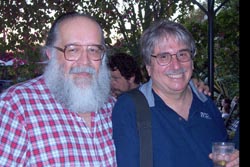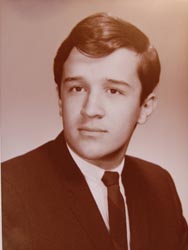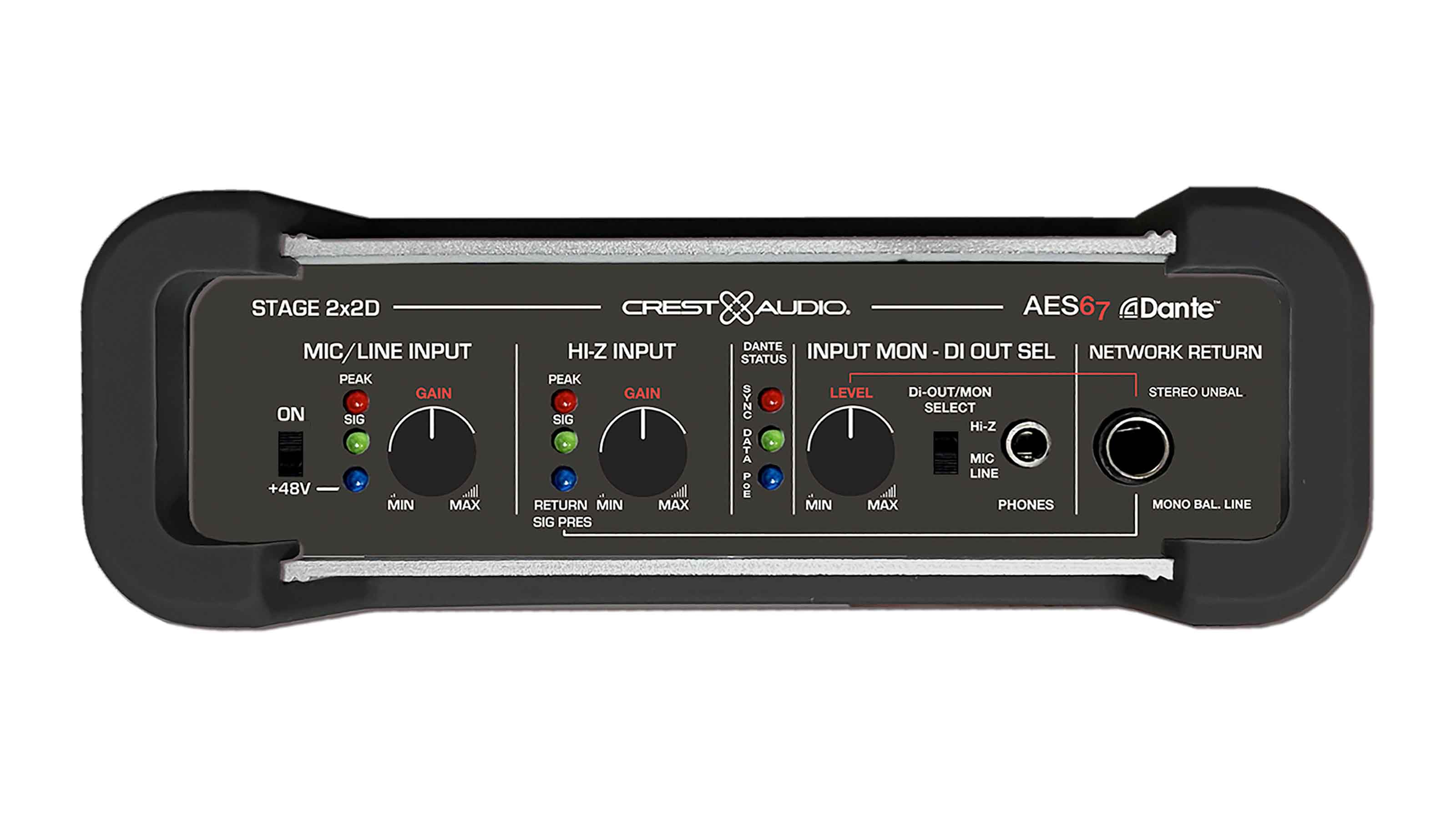Live And In Person

NAME:David W. Robb
COMPANY: JaffeHolden
TITLE: Principal, Audio and Video Systems Group
BACKGROUND: With experience in just about every aspect of live sound and design for touring and fixed installation, David W. Robb has found more than enough inspiration to keep his work interesting.
SCN: By the time you graduated high school, you were already a paid sound professional. What compelled you to start so early?
David W. Robb: In school, I was a musician. At the same time, I was also much more of a geek. I was a member of the AV club. I liked technology and I was very good in math and science. I'm not sure at any point up until the last years of high school I ever really thought those interests could be mixed together.

- Through the years, David W. Robb has held a number of posts in and around sound, beginning with an early interest in music in public school, carrying through 25 years on the road and working with the likes of the late Don Pearson, to his current role in the consulting world.
- There were two events I can still remember that changed all that. They both happened when I was on stage playing. The first one was the organist in my band was in the middle of a solo and his organ stopped working. I knew exactly what was wrong with it, and I wanted to go over there and fix it, but I had to keep playing. That kind of stuck in my mind. Then there was another show. We were in a big barn of a gymnasium, and all I could think of the whole time I was up there on stage was, 'I wonder what the heck it sounds like out there.' Soon thereafter, I said, "You know what? I am on the wrong side of the microphone."
SCN: Your live sound resume is littered with influential artists, but more than glamour, you sought innovation. What challenges were presented by the piecemeal rigs of your early years in the biz?
DWR: Like many of the people I knew back then, we built our own speaker cabinets. We tried everything we could think of to put pieces together. It was an amazing time. Not only wasn't there a huge amount of professional-grade product out there from which you could choose, a lot of it just hadn't even been thought of yet. So a lot of the things you wish you had night after night, eventually you'd either take the time to make it yourself or you would be talking to another likeminded person, and a year or so later you find out they went off and started to manufacture those things.
Now as I look back, the industry and my professional growth were on parallel tracks. If the industry was more static or if I was able to get my hands on everything right at the beginning, I don't know if it would have been as interesting. That's what I ask the next generation about nowadays. Do you still see the industry as racing along at breakneck speed and you're trying to grab onto the latest technology, or is it getting boring? I get pretty positive responses from most people I talk to about their interest level, but it just doesn't seem to be quite as jazzy as it was in my memory. I really do hope it's the same for people coming up in the business.
A daily selection of the top stories for AV integrators, resellers and consultants. Sign up below.

DWR: I was on and off the road from 1964 to 1989. When I joined Jaffe in 1989, it was interesting to come into an acoustical consulting firm. They were pretty straight here. When I walked in for an interview, I don't think they quite knew what to expect. I asked them if my appearance was going to be an issue, and they said no. I always think of my appearance as my business suit. People who haven't seen me in 25 years walk right up to me and they know who I am, because I still look like I did way back when.
Anyway, when I came in here, after a couple months of us feeling each other out, I gained the title of "Director of Electro-Acoustic Design", which of course has the acronym "DEAD". I thought it was absolutely perfect because I'd spent all those years working with the Grateful Dead.
Chris Jaffe had been developing a process he called Electronic Reflected Energy System (ERES). Back when he started, he was about the only person in the United States doing that. One of the first projects I worked on was the Carlos Moseley pavilion. Generally speaking I liked mixing outdoors because the room anomalies were taken out of the mix. But the one thing I didn't realize was you can have a stage of talented performers, flanked by stacks of speakers, you can get a really nice mix then dial in some digital reverb, but no matter how well you do it, it remains two-dimensional. Once I started working with the electronic architecture systems in an outdoor application, it became obvious to me. When you can make that sound envelope the audience, it is so much more satisfying.
SCN: How would you finish the following sentences? The first step in starting a project is to... look at the big picture. There are so many people that get too focused on just what they do. It's good to bring a passion about what you do to a project, but when it conflicts with, or takes money away from, some of the other parts of the project, then it doesn't necessarily work. Being aware of what else goes on, for instance in an entertainment venue where you need to coexist with lighting, rigging, staging, and all manner of other performance equipment, it's really good to know enough about what everybody else does so you can tailor what you're doing.
Look both ways before... you specify any kind of technology. Our projects take years to come to fruition. So if you specify something and it becomes obsolete before the project actually gets built, usually you can fix it, but sometimes you're stuck with your obsolete idea and it's not a great thing. On the other hand, you can decide to be really forward looking, and specify a product that a manufacturer says they're going to release, only to find out the company never figured out how they were going to make that thing they were touting. So you've got obsolescence chasing you from behind, and vaporware luring you from ahead. You've got to stand your ground, and be looking both ways.
The key to a satisfying career is... variety. I wasn't the mixing engineer for every group that I worked with out on the road. I did all kinds of different jobs. I even worked as a pyrotechnician. This all comes back to seeing the big picture. If you know the needs of the pyrotechnician, then you understand how what they do interacts with the person who tunes the guitars, (which I've also done), and so on.
On the road, some people got into ruts doing certain things that just led to burnout. I was always trying to do something a little bit different. So that is what was satisfying to me then, and it still is now. Even during the years I've been here at JaffeHolden, I have been segueing. I started out as the only designer, then lead designer, teacher of design, quality control, mentor. It's constantly evolving. That's why I still wake up at five in the morning and I want to go to work. It's very satisfying.
